A New use for Conductive Yarns, Embroidered Sensors and Electrodes!
If you think about it, a sensor is a conductive material that is attached to the skin and used to transmit readings of biometric information such as heart rate, brain activity, and other bodily functions through a wire to a recording device, giving your health professional a good idea of how your body is working. An electrode is like a sensor as it is made of conductive material and attached to the skin, but instead of transmitting information away, it brings a current to the skin to stimulate responses in nerves or muscles.
Silver is a great conductor of electricity and is a great idea for a sensor or electrode. The classic “standard sensor/ electrode” has been the “silver chloride sensor/electrode” which was a strip of silver coated with a saline gel to eliminate skin impedance issues and increase conductivity at the skin/electrode interface. This foil strip was then adhered to the skin with an adhesive bandage to hold it in place. The problem with these silver chloride sensors was that the saline gel eventually dried out, resulting in poorer contact of the silver foil electrode with the skin and poorer transmission of the data to the recording device. Compounding this problem is that the adhesive can also cause skin irritation, allergic reactions, and skin lesions. These problems all revolve around making and sustaining effective contact of the skin and the silver electrode.
A new technology using Shieldex® electrically conductive yarns to create “embroidered sensors/electrodes” has been developed for use and is especially good for situations involving long-term monitoring of biometrics as it does not require gel, skin abrasion, or adhesives to hold the electrodes in close proximity to the skin. The electrode itself is an soft embroidered “puff” of electrically conductive yarn called a “moss electrode” due to its soft texture. The beauty of this type of sensor/electrode is that it is held against the skin with a compressive vest or sleeve, which ensures great contact of the sensor/electrode with the skin due to the three dimensional structure of the yarn giving large surface area contact of the silverized yarn fibers with the skin, eliminating the need for the gels and adhesives and all of the problems that go along with them. Best of all, the results of these sensors are comparable to the results of silver chloride sensors and electrodes!


Comparison of Electrodes Moss Embroidered Electrode/Sensor
This type of sensor/electrode can be woven into clothing, actually using the Shieldex® conductive yarn to embroider the “wires” that lead to the connection to the recording device or even Bluetooth transmitter to a remote recorder for distant monitoring. This is technique is illustrated in the featured image of this article with the embroidered yarn “wire” leading from the oval electrode areas on the vest to the connections to the recording device on the lower left area of the picture. These electrodes and sensors are very flexible alternatives to the silver chloride electrodes! Use your imagination to see how this could work in a number of related environments, physical therapy, TENS (Transcutaneous Electrical Nerve Stimulation), EMS (Electronic Muscle Stimulation), workout monitoring, etc. Please contact us and we will work directly with you through our Research and Development Team to design the conductive textile portion of your embroidered sensors and electrodes!
V Technical Textiles, Inc.
www.vtechtextiles.com
info@vtechtextiles.com
(315)-597-1674 PHONE
(315)-597-6687 FAX




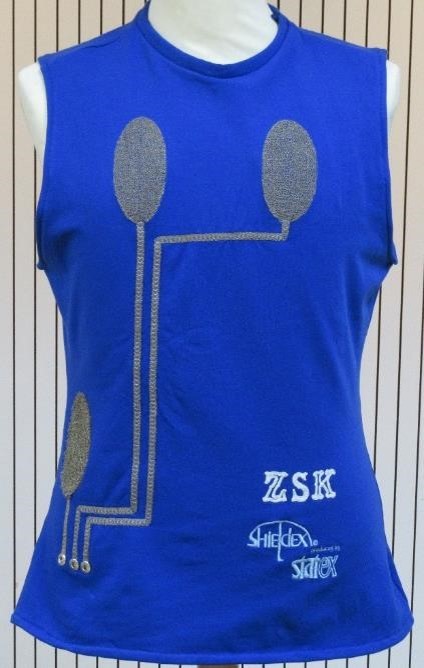


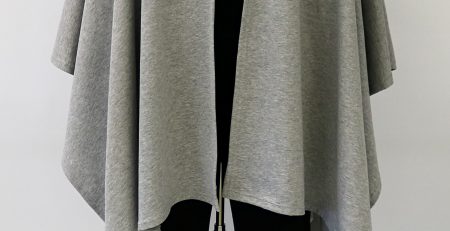
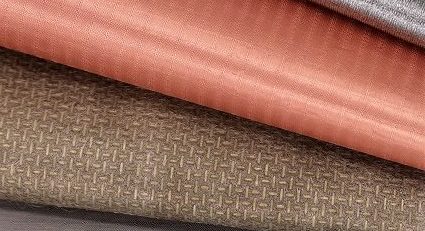
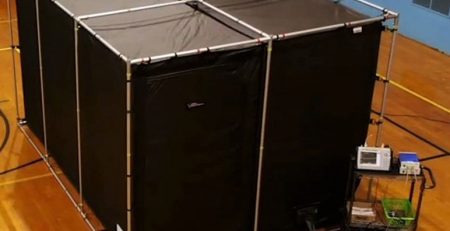




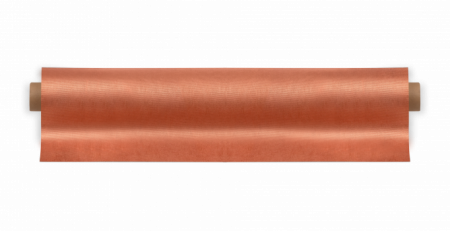

Leave a Reply